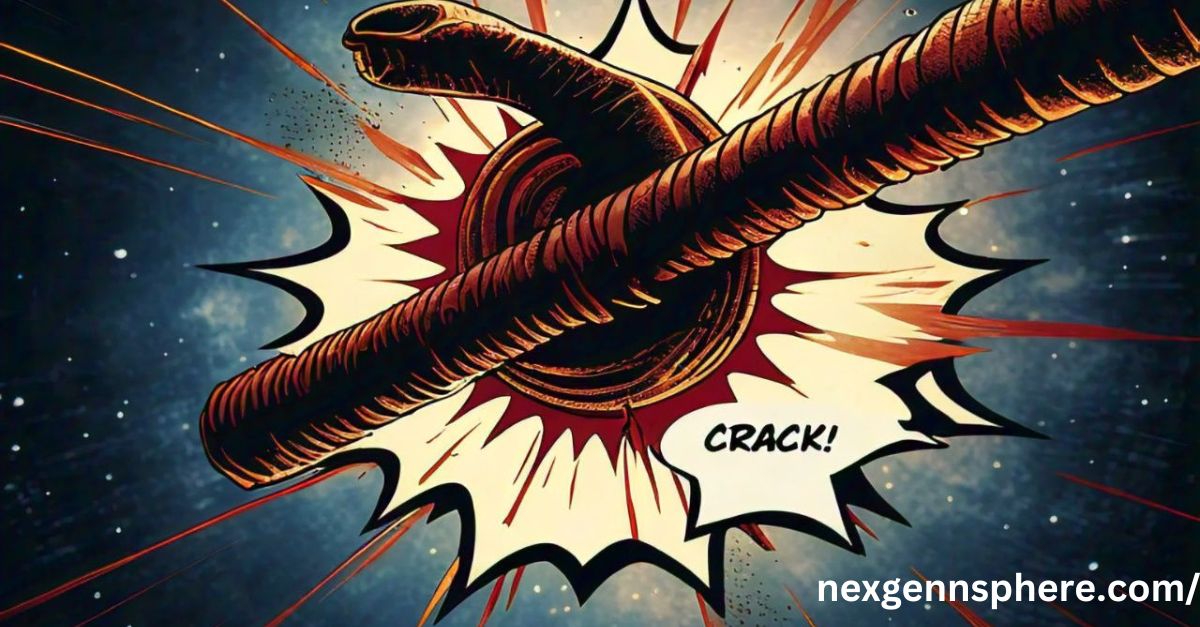
Creating the Perfect Whip Sound Effect: A Comprehensive Guide
Introduction: The Power of Sound Effects
Sound effects play a crucial role in multimedia, from movies and video games to podcasts and theater. They add depth, realism, and emotion to a scene. Among these, the whip sound effect stands out for its sharp, dynamic quality, often used to signify speed, intensity, or surprise. In this guide, we’ll explore how to create, source, and effectively use whip sound effects.
Understanding the Whip Sound Effect
What is a Whip Sound Effect?
A whip sound effect is a sharp, snapping sound that mimics the crack of a whip. This sound is often used in media to emphasize quick movements, transitions, or dramatic moments.
Common Uses of Whip Sound Effects
- Action Scenes: Enhancing fight sequences or fast movements.
- Comedic Timing: Adding punchlines or emphasizing exaggerated actions.
- Transitions: Creating dynamic scene changes in videos or podcasts.
Creating Your Own Whip Sound Effect
Recording Techniques
Creating a whip sound effect from scratch can be a fun and rewarding process. Here’s how to get started:
Choosing Your Whip
Select a whip that produces a sharp, clear sound. Bullwhips, stockwhips, or even a well-made leather belt can work.
Setting Up Your Recording Space
- Environment: Record in a quiet space with minimal background noise to ensure a clean sound.
- Microphone Placement: Place the microphone at a safe distance to avoid distortion but close enough to capture the full detail of the sound.
Steps to Record
- Warm-Up: Practice a few cracks to get a feel for the whip and the space.
- Record Multiple Takes: Capture several variations of the whip crack to have a range of sounds to choose from.
- Check Levels: Ensure the recording levels are appropriate to prevent clipping.
Post-Production Editing
Cleaning the Audio
- Noise Reduction: Use software like Audacity or Adobe Audition to remove any background noise.
- EQ Adjustments: Enhance the crispness of the whip sound by adjusting the equalization, focusing on high frequencies.
Adding Effects
- Reverb: Add a slight reverb to create a sense of space and realism.
- Compression: Use compression to balance the dynamic range, ensuring the whip sound is sharp and punchy.
Sourcing Whip Sound Effects
Online Libraries
If recording your own whip sound isn’t feasible, numerous online libraries offer high-quality sound effects. Some popular sources include:
- Freesound: A collaborative database of Creative Commons licensed sounds.
- SoundBible: Offers free sound effects and royalty-free audio.
- AudioJungle: A marketplace for professional sound effects and music.
Choosing the Right Sound Effect
When selecting a whip effect from an online library, consider the following:
- Quality: Ensure the sound is clear and free from unwanted noise.
- Licensing: Verify the licensing terms to ensure you have the rights to use the sound in your project.
- Relevance: Choose a sound that fits the context and mood of your scene.
Using Whip Sound Effects Effectively
Timing and Placement
The effectiveness of a whip sound effect largely depends on its timing and placement within the media. Here are some tips:
- Sync with Visuals: Ensure the sound effect matches the visual action precisely. A slight delay or misalignment can break the immersion.
- Layering: Combine the whip sound with other effects, such as impact sounds or swooshes, to enhance the overall effect.
Volume Control
Adjust the volume of the whip effect to fit the scene. It should be prominent but not overpowering other audio elements.
Creating Impactful Scenes
Use whip effects to create memorable and impactful scenes. Whether it’s an intense action sequence or a comedic moment, the right sound can significantly enhance the viewer’s experience.
Conclusion: Mastering the Whip Sound Effect
Creating and using sound effects can add a dynamic and engaging element to your projects. Whether you record your own or source high-quality effects online, understanding how to effectively integrate these sounds will elevate your multimedia production.
Also read: shutter speed chart
FAQs About Whip Sound Effects
- What equipment do I need to record a whip sound effect?
You’ll need a quality microphone, a recording device, and a suitable whip. A quiet recording environment is also essential.
- Can I use a whip sound effect in a commercial project?
Yes, but ensure you have the proper licensing if you source the sound effect from an online library. Always check the usage rights.
- What software is best for editing whip sound effects?
Popular audio editing software includes Audacity (free) and Adobe Audition (paid). Both offer tools for noise reduction, EQ, and effects.
- How can I make my whip sound effect more realistic?
Adding slight reverb and adjusting the EQ can enhance realism. Experimenting with different whips and recording techniques can also help.
- Where can I find free whip sound effects?
Websites like Freesound, SoundBible, and ZapSplat offer free whip sound effects. Always check the licensing terms for usage rights.


